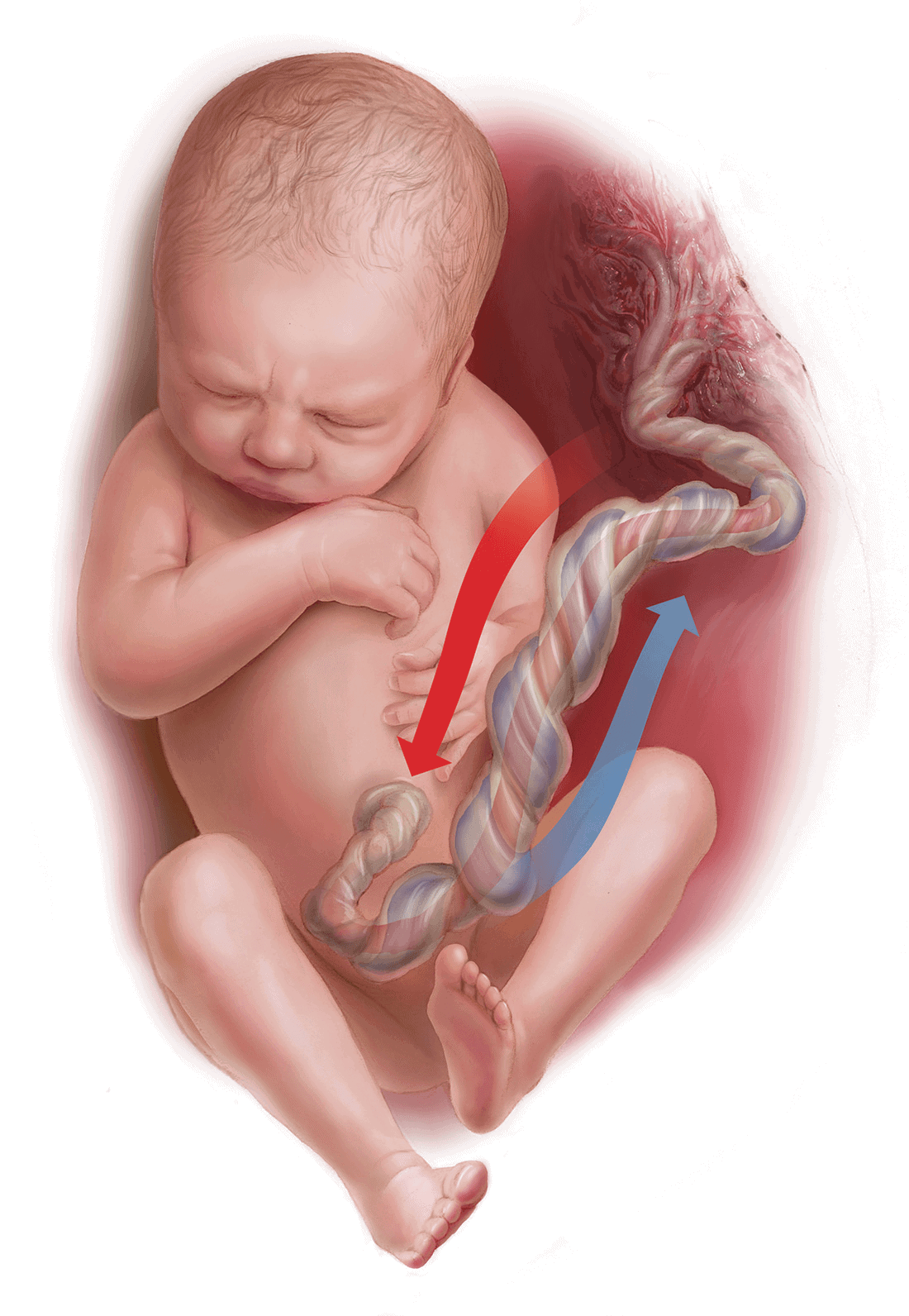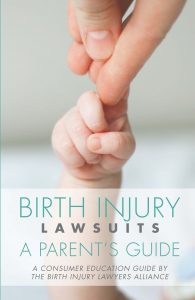
This is the second in a series of three articles about how medical experts determine when a newborn brain injury occurred. The first article explains how birth injury lawyers use medical imaging to determine the timing of a brain injury. The third will discuss fetal heart rate changes.
A newborn with signs of neurologic injury can suffer that injury any time during pregnancy, during labour and delivery and during the first days and weeks of life. Lawyers representing injured children must prove when the injury occurred. This can be challenging, but experienced birth injury lawyers know how to use evidence from neuroimaging, the neonatal records, and the fetal heart monitor data to determine when your child’s brain injury most likely occurred.
Lack of oxygen can cause brain injury
The brain, as with every organ in the body, needs oxygen to survive and stay healthy. Oxygen is delivered to the organs in the blood. The blood needs to be adequately oxygenated in order to ensure organs function normally. Where oxygen supply is inadequate it is referred to as “hypoxia”. If the amount of blood reaching an organ is inadequate, it is called “ischemia”. If either condition continues for too long, your baby can suffer a brain injury called Hypoxic Ischemic Encephalopathy.
The umbilical cord is your baby’s lifeline
Oxygenated blood flows to your baby through the umbilical cord. The umbilical cord can be thought of as the fetal lungs, carrying oxygen to your baby and eliminating carbon dioxide. The umbilical cord also transports used blood to you (the mother) to be replenished with oxygen (although maternal and fetal circulations do not mix).
Oxygenated blood flows to your baby through a vein in the umbilical cord. That oxygenated blood circulates through your baby, supplying your baby’s organs with the required oxygen. There is a single vein in the umbilical cord transporting this oxygenated blood. Used blood flows back to the placenta through two umbilical arteries. The arteries are smaller than the umbilical vein.
Umbilical blood testing to determine oxygenation
As the umbilical arteries are carrying blood from the baby an analysis of that blood is known to better represent fetal status than blood from the vein. Shortly after the baby is born the umbilical cord is clamped in two spots. The doctor or nurse takes a sample of blood from the umbilical cord in order to analyze the gases in the blood to assess whether the baby was adequately oxygenated close to the time of birth.
What is acidosis and why is it important to your baby’s health?
The umbilical cord blood is tested in the lab for something called a “metabolic acidosis”. Metabolic acidosis happens when your body contains too much acid. Where the oxygen supplied to your baby is inadequate it can cause a build-up of acids in the fetal circulation that, if allowed to continue too long, will result in metabolic acidosis.
While the issue of umbilical cord blood gas analysis is complex, the values that the test measures are helpful for determining if your baby was exposed to a recent and severe oxygen deprivation. The measurements of particular concern relate to pH, partial pressure of oxygen, partial pressure of carbon dioxide, and Base Excess (if a negative number) or Base Deficit (if a positive number). The focus in this article will be on pH and Base Deficit (BD).
Low pH or high BD are red flags!
Where the pH is below a certain level and the BD is above a certain level it is thought to be compatible with a metabolic acidosis. The presence of metabolic acidosis in cord blood is a strong indicator that the fetus was deprived of oxygen during labour and delivery as the samples analyzed were taken immediately after delivery.
This is convincing evidence that there was a problem with fetal oxygenation during labour. It is that impaired oxygenation that puts your newborn at risk of brain injury.
A pH of less than 7.18 is consistent with a metabolic acidosis as is a BD that is 12 or higher. A BD of 12 to 16 represents a moderate metabolic acidosis and a BD higher than 16 represents a severe metabolic acidosis. When the BD is higher than 20, it is a particularly severe metabolic acidosis.
The degree of metabolic acidosis in cord blood increases as with a prolonged impairment of oxygenation to the baby. The longer the duration of impaired oxygenation or the more severe the impaired oxygenation, the more likely it is metabolic acidosis.
Normal pH and BD doesn’t mean no injury
It is important to point out that while the presence of metabolic acidosis in cord blood is highly suggestive of compromised fetal oxygenation during labour, the absence of metabolic acidosis in cord blood does not rule out labour and delivery as the cause for newborn brain injury.
Having said that, where the cord blood gas analysis does not demonstrate a metabolic acidosis, proving the cause of newborn brain injury becomes more challenging. This additional challenge can be overcome through a careful analysis of the balance of the clinical data and close work with appropriate experts.
As far as timing of the newborn injury is concerned, the presence of metabolic acidosis in cord blood is a very strong indicator that the baby suffered an injury during labour and delivery. When combined with supporting neuroimaging (discussed in the first article in this series), and concerning fetal heart rate changes (described in the third article in this series) a strong case can be made out.
Want more information?

The members of the Birth Injury Lawyers Alliance wrote this consumer education guide to help parents understand their rights and their child’s rights when faced with an injury caused by medical negligence. This is the only legal guide in Canada written specifically for parents of children injured during childbirth.
The book is available to download on our website for free. If you would like a print copy, the book is for sale on Amazon (all proceeds go to charity), but we will send you a copy at no charge, if you call us, toll-free at 1-800-300-BILA (2452).
*image courtesy of mdedge.com

Susanne Raab is a lawyer at Pacific Medical Law, and an advocate for people living with disabilities. She has been selected for inclusion by her peers in Best Lawyers in Canada in the area of Medical Negligence and is recognized as a leading practitioner in the Canadian Legal Lexpert® Directory in medical malpractice. Susanne is also a Fellow of the Litigation Counsel of America, an honorary trial lawyer society whose membership is limited to less than one-half of one percent of North American lawyers, judges and scholars.
